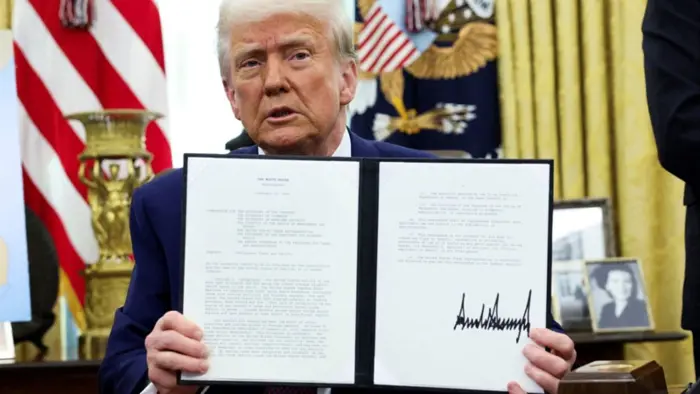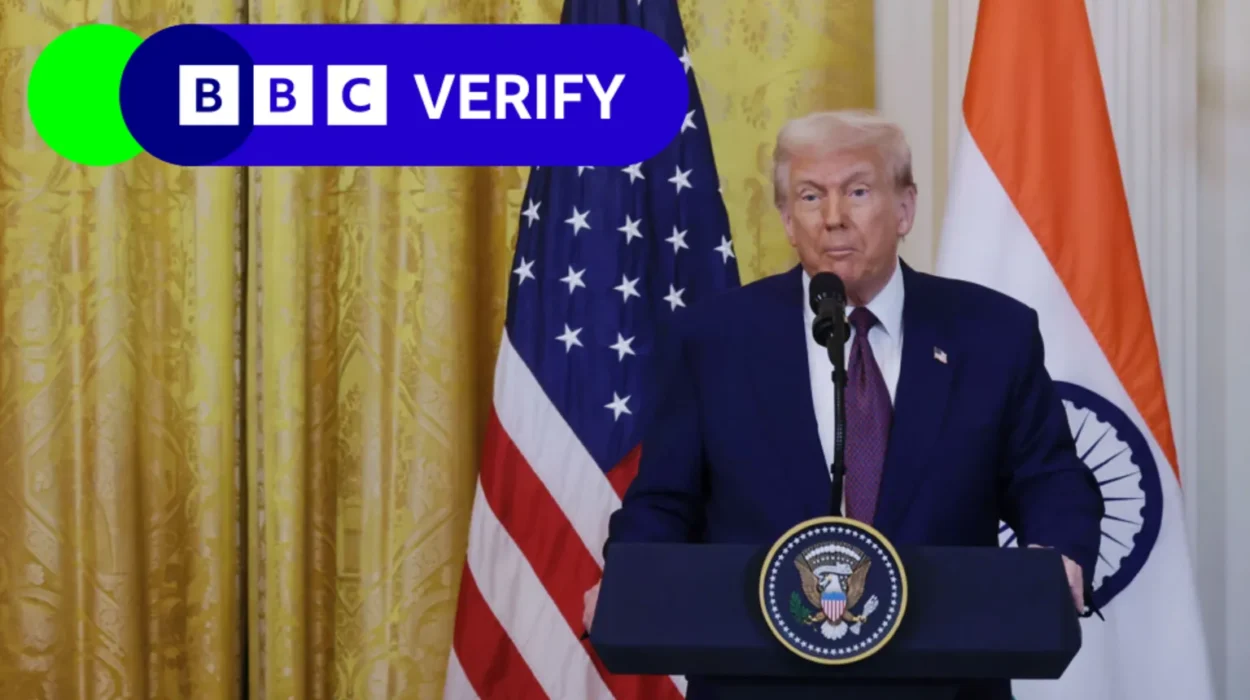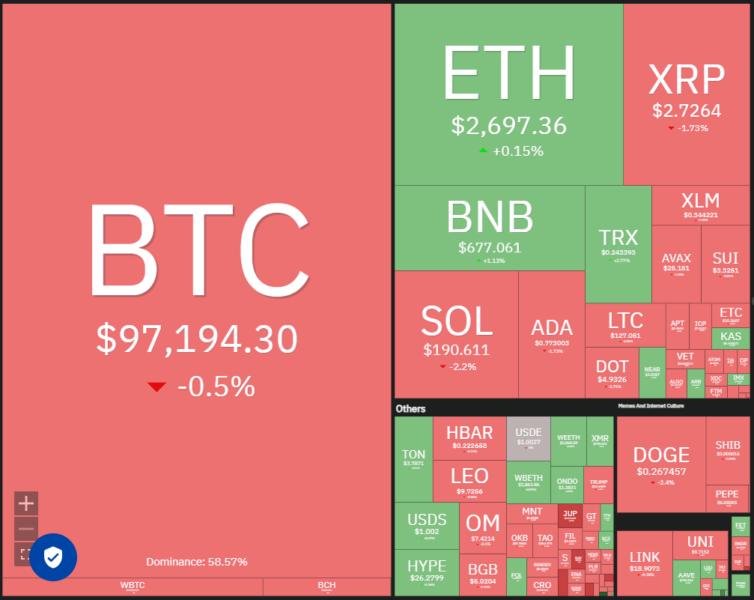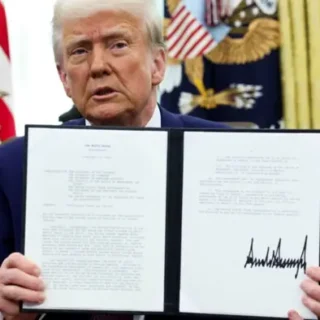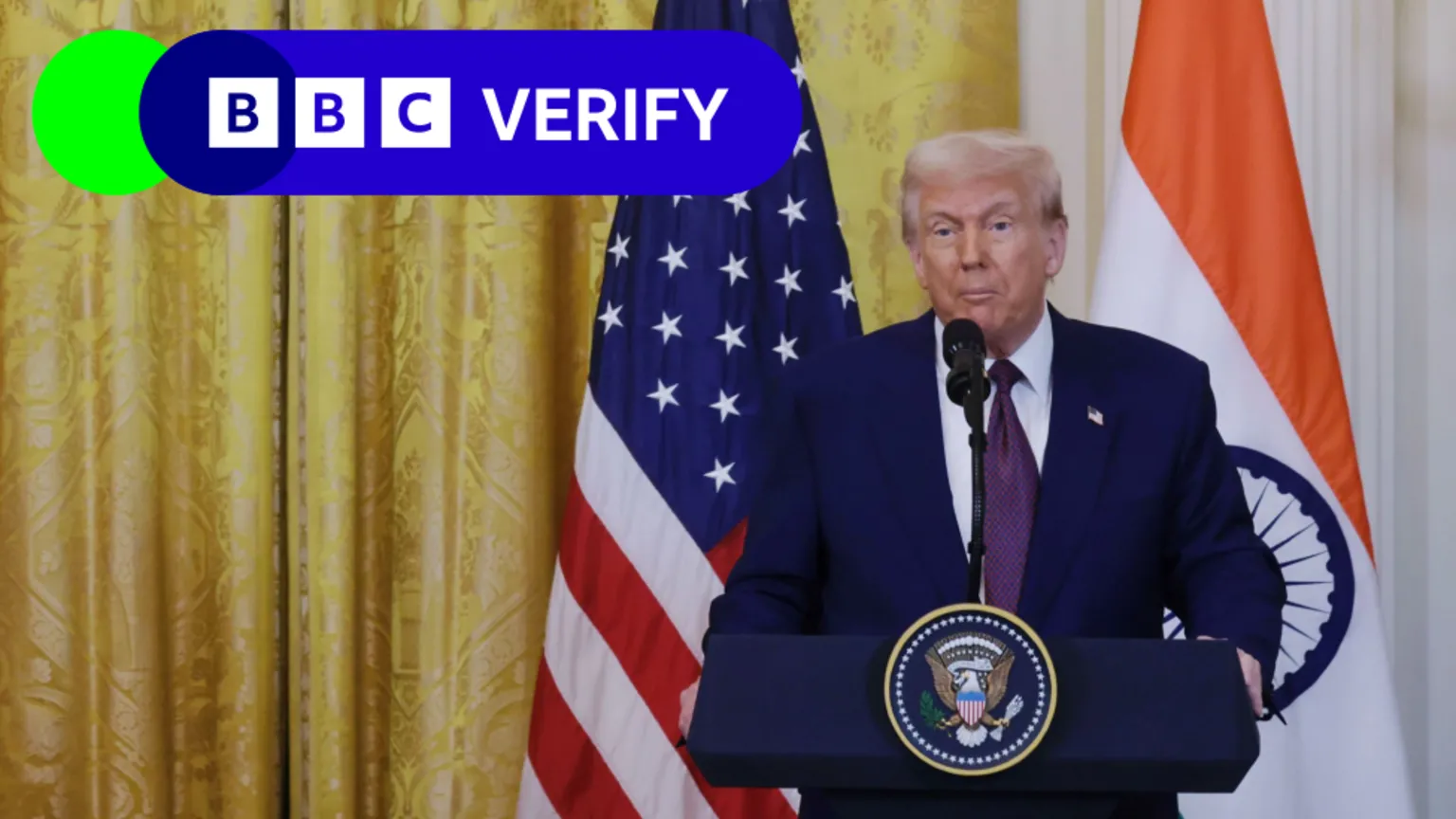Donald Trump has ordered his team to come up with plans to impose a new set of taxes – known as tariffs – on goods coming into the United States.
Trump wants to introduce “reciprocal tariffs” – taxes on imports to the US which are set at a similar rate to taxes other countries put on goods they import from the US.
The president says other countries often have higher tariffs on imports from the US than the other way round and believes America “has been treated unfairly by trading partners, both friend and foe”.
BBC Verify has explored whether he has a valid case.
How do countries set tariffs on imports?
First, it is important to understand the rules of global trade.
Under the terms of membership of the World Trade Organisation (WTO), countries are permitted to impose tariffs on imports.
Those tariffs can differ depending on the item being imported.
So, for instance, a nation can impose a 10% levy on rice imports and a 25% tariff on car imports.
But under WTO rules, they are not supposed to discriminate between nations when setting the tariff they charge on a particular imported good.
So Egypt, for example, would not be allowed to impose a 2% tariff on wheat coming from Russia, but a 50% tariff on wheat coming from Ukraine.
This is known as the “Most Favoured Nation” (MFN) principle in international trade: everyone has to be subject to the same tariff by the country imposing the tariff.
There is an exception when two nations sign a free trade agreement between themselves that covers most of their trade. Under these circumstances they can charge no tariffs on goods passing between them but maintain tariffs on goods coming from everywhere else in the world.
What tariffs do countries currently have?
While most countries have a range of tariff rates covering different goods imports, they also report an average external tariff to the WTO, which reflects the overall average tariff rate applied to all imports.
The US had an average external tariff of 3.3% in 2023.
That was slightly lower than the UK’s average tariff of 3.8%.
It was also below the European Union’s average tariff of 5% and China’s average tariff of 7.5%.
America’s average tariff was considerably lower than the average tariff of some of its other trading partners.
For instance, India’s average tariff was 17%, while South Korea’s was 13.4%.
America’s average tariff was lower than Mexico’s (6.8%) and Canada’s (3.8%), though trade agreements between the US and these countries mean that American exports to them are not subject to tariffs. The same is true for South Korea, with which the US has a free trade agreement
But, broadly speaking, it is legitimate for Trump to point out that some countries have a higher average tariff on imports than America’s.
And those tariffs push up the cost of many American exports to those countries, which might be said to disadvantage US exporters relative to exporters in those countries selling into the US.
However, whether this amounts to unfair trade that serves to harm the US is not clear cut.
Most economists judge that the costs of import tariffs are, ultimately, borne by households in the country that imposes them because they can mean that imported goods become more expensive.
This could mean nations with higher average external tariffs than the US would be penalising their own consumers rather than Americans.
How might a reciprocal tariff work?
On 10 February, Trump suggested it could mean the US imposing the same average external tariff on imports from each individual nation as those countries impose.
He told reporters: “If they charge us, we charge them. If they’re at 25, we’re at 25. If they’re at 10, we’re at 10.”
This would likely break the MFN rules of the WTO, which require a nation to impose the same tariff on particular goods, regardless of where they came from.
If the US imposed, say, a tariff of 9.4% on all goods coming from Vietnam but 3.8% on all goods coming from the UK (the same as their own average external tariffs) that would be a breach of the rules.
If the US could show the targeted country was already itself breaching the organisation’s rules in some way it might be able to claim that specific retaliatory tariffs against that country are justified under WTO rules.
But simply imposing reciprocal tariffs as a general principle would likely constitute a breach.


